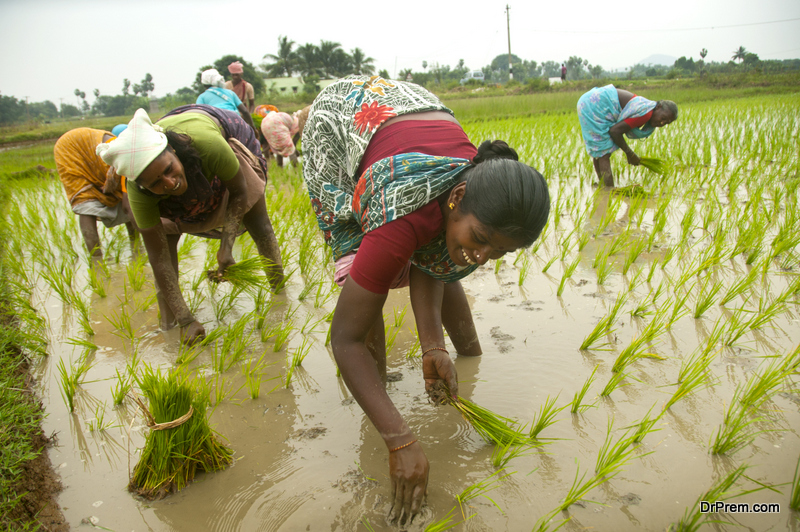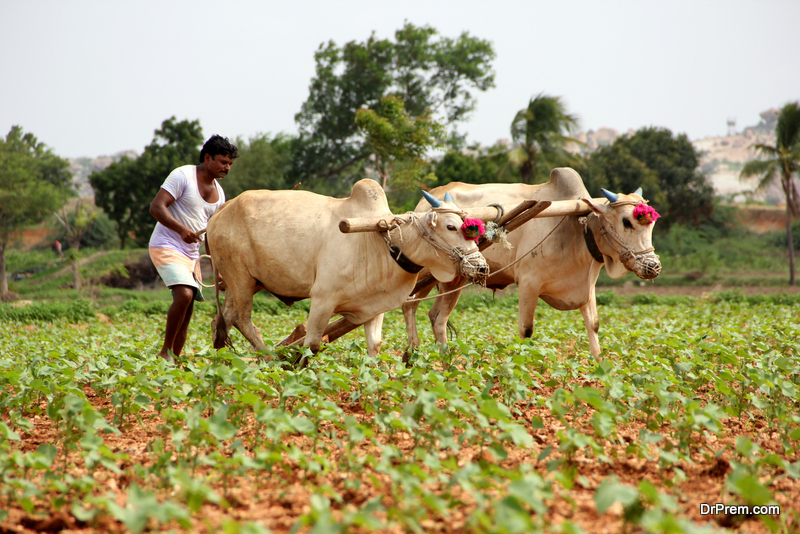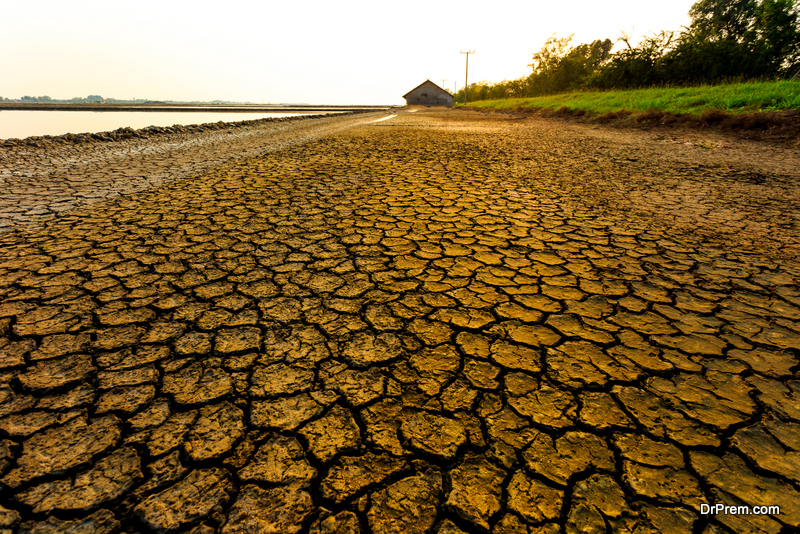While the main problems in developed countries are consumer-related, in most of the developing countries. The equation is the opposite. In most of the developing countries, the consumers are happy as they are getting agricultural products at an extremely affordable price. On the other hand, the farmers make next to nothing out of it. In fact, the little profit that comes out of agriculture goes to the middleman. Most of the farmers work only on small-scale. They are unable to make anything substantial out of what they produce. But this isn’t all. Owing to the enormous population and limited employment opportunities in such countries, it becomes impossible for the farmers to come out of this circle. India, in particular, symbolizes the agriculture problems of the developing countries. Therefore, to solve that problem, it is necessary that we understand the major problems of agriculture in India.
Major problems of agriculture in India
India is majorly an agricultural country, but the conditions of farming and farmers have to improve a lot. There are many problems, which face Indian agricultural, and as every Indian state has a different method of farming. So there is not just one solution to fit similar problems. In India, productivity of crops is extremely low, which keeps the farmers poor. There should be an effort on the government’s part to step up education for farmers regarding crop rotation, multiple cropping, crop insurance, irrigation facilities, finance etc. Let’s take a closer look at the problems of agriculture in India:
Problems of agriculture in India
Instability of monsoon affects crop output
Indian agriculture is dependent on monsoon largely. Only a small portion of farmers have access to some dependent source of water. As monsoon can be fluctuating, the production of crops also fluctuates. Thus, we see a year in which there is a good crop followed by one, which is followed by acute shortage of cereals. This leads to price as well as employment fluctuations.
Cropping pattern
Indian crops can be categorized into two categories – food and non-food crops. Food crops comprise of sugarcane, food grains and beverages. Non-food crops include oilseeds and fibers. Agricultural production was seen to undergo structural change in the 90s when low production of non-food crops was noticed.
One of the ways for addressing agricultural problems in India is to have a good crop rotation. When cereals are grown, it affects the fertility level of the soil. The solutions to agricultural issues like reduced soil fertility can be that pulses can be grown on the same plot after cereals have been grown and cultivated.
Ownership of land
The land ownership of land in India is extremely varied. A major chunk of the land is owned by rich farmers, moneylenders and landlords. Many small farmers own just a small piece of land, which is not enough to sustain them. If they cannot make a profit in one year, then they have to borrow money at exorbitant rates of interest from moneylenders, and get caught in debt if they are not able to pay back the money. For centuries, small farmers have lost their land in this way. This is one of the problems of agriculture, in which the majority farmers do not own land or own a small plot.
Another problem is that India’s population growth and joint family system breakdown has led to further division of plots. Many of these plots are not farmed, and the bigger fields, which had been cultivated earlier, lie barren now.
Majority small farmers are tenant farmers, who find it difficult to turn a profit after they have met all expenses and given the landlord his share.
Conditions of laborers
The conditions of the laborers are pathetic. When understanding the importance of agriculture, the conditions of the laborers/small farmers have to be understood and helped, so that they can live a life, which is at least above the subsistence levels.
Poor quality of seeds
While addressing agricultural problems, we have to consider the seed quality. The seeds’ quality matters largely as the crop yield depends on the seeds. Seeds that are ‘assured quality’ are notoriously expensive and out of the reach of the majority of the farmers in India. This leads to the poor yield of crops, and poor farmers find it hard to escape the cycle of debt.
The government of India has set up many corporations to combat problems of agriculture, such as the seed quality. NSC, SFCI, SSCs were established to supply improved seeds to farmers.
Despite the measures taken by the government, cereals/staples like rice, pulses and millets are grown chiefly from unimproved seeds.
Inadequate fertilizer and manure use
Inadequate use of manure, which is readily available to farmers, is not used to the extent that they can be used. Vegetable waste, cow dung as well as chemical fertilizers are not used as much as they should be which leads to less agricultural production than Chinese or Japanese agriculture.
Improper irrigation
Farmers suffer from the lack of proper irrigation facilities. The government has to help the construction of irrigation works, so that small farmers can benefit. According to experts, there is still enough water in the country to irrigate whole areas of farmland, but the system of irrigation is poor. The crop is not adequately watered leading to less produce.
On the other hand, over irrigation is one of the problems of agriculture. Irrigating canals have to be planned in such a way that the water reaches the entire area under cultivation without over watering the crops, or causing water level rise in the sub-soil.
Less use of machinery
While understanding the importance of agriculture, we have to consider the use of farm equipment. Many farmers still use just the plough and other indigenous farming tools, though modern farming machinery is quite readily available. The two reasons why farmers do not use this machinery is because they cannot afford to buy it. The second reason is that the plots of land are too small for the viable use of machinery.
Soil erosion
The problems of agriculture that India faces today, is the deterioration of soil due to water and wind erosion. These large tracts of land have to be treated properly and restored.
Agricultural Marketing
A major problems of agriculture is its marketing, especially by small farmers. The low income from farming is largely because farmers have to sell their produce at very cheap rates to the middlemen, thus making a very little profit. Due to the changes in land holdings, the plots have become very small, which leads to low productivity per acre.
The surplus too is low, which means that farmers mange to eke out a living only for themselves. One of the solutions to agricultural issues is to improve communication between rural and urban areas, so that farmers can sell directly, without the need of the middlemen.
There are many problems of agriculture – farmers are always in debt, and struggle to make a living. There is inadequate transport and communication between rural areas and the government has to step in with loans at low interest to save small farmers from the clutches of moneylenders. Better seeds have to be provided at low prices too, to help the farmers grow assuredly surplus crops.







